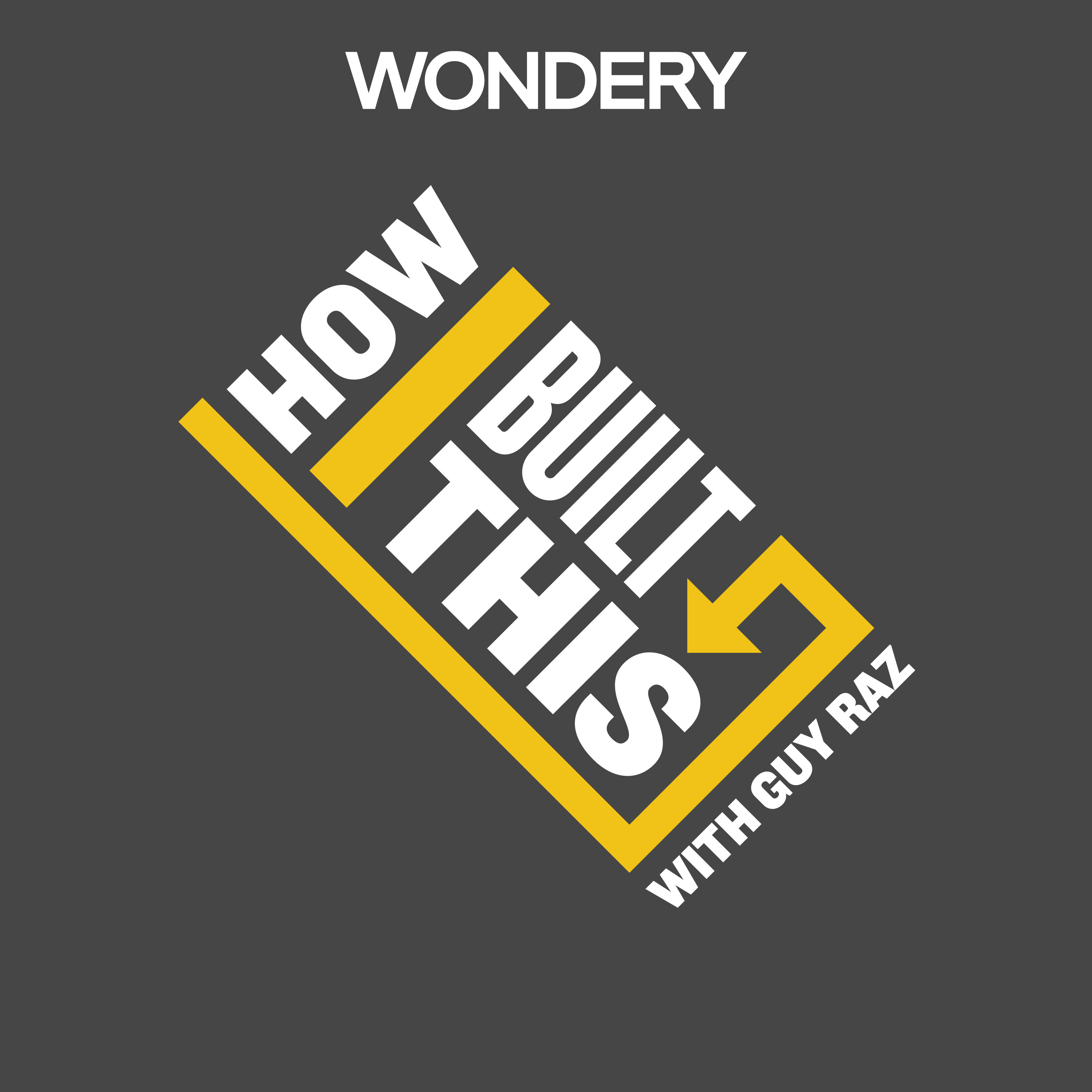
How I Built This with Guy Raz · June 16, 2025
Figma: Dylan Field
Highlights from the Episode
Dylan FieldFigma CEO and co-founder
00:02:32 - 00:03:01
Importance of pricing the product for market acceptance →
“
They were just going Dan, you got to be more commercial. I'm like what does that mean? They're like you got to be more commercial. And I'm like do you mean do I have to say more sales terminology and stuff like that? What are you getting at? And I think what they meant was price the product. And when this design leader came and said, we can't use unless you price the product, I was like, oh, everyone, we got to go charge for the product as fast as we can. So I was a little dense on it, but it got there eventually.
Guy RazHost of How I Built This interviewing entrepreneurs
00:19:19 - 00:19:47
Early focus on WebGL's potential for design democratization →
“
WebGL, which is basically a way to do 2D and 3D graphics in a web page. And so this just made it. This is going to factor into what you would eventually create because this was a revolutionary. WebGL introduced frictionless. This frictionless ability to see 3D renderings in a web page, which today we take for granted. But in 2011, that was still quite radical or revolutionary.
Dylan FieldFigma CEO and co-founder
00:16:46 - 00:17:10
The value of a strong co-founder relationship →
“
Well, I thought to myself, okay, there's no way I'm going to go start something if I'm not doing it with someone that I think is amazing. And I thought, okay, the only person I'd start a company with, and whatever way it goes, I'll learn from them and it'll be an amazing experience because just being with them will be a gift in itself is Evan Wallace.
Dylan FieldFigma CEO and co-founder
00:22:59 - 00:23:14
Counterintuitive thinking can be a valuable asset →
“
It's funny, I was really proud of that essay and I had a lot of fun writing it because I really don't like chocolate, and people have always thought that was the weirdest thing ever. So I thought I was answering the question the purest way possible and maybe even being a bit of a contrarian.
Dylan FieldFigma CEO and co-founder
00:43:50 - 00:44:39
Importance of direct user interaction for product development →
“
Well, I think that we had a very clear product roadmap and we all felt that there was something here. But I could have done a better job of helping people see it through, such as conversations with customers and whatnot. I was having those conversations. I'd kind of come back, share all my notes. But what I found is that if employees are not talking with users directly, they just don't see it the same way and they don't understand the pain that people have unless they can actually interact with folks and hear about it firsthand.
Dylan FieldFigma CEO and co-founder
00:53:33 - 00:53:40
Figma's shift from tool to collaborative platform →
“
So much happened organically. It was like anything visual that could be created ended up being created at some point in Figma.
Dylan FieldFigma CEO and co-founder
01:07:42 - 01:09:07
The unexpected social aspect of Figma during the pandemic →
“
Yeah, it was pretty wild to see this behavior emerge. And at first it was across companies, people were illustrating virtual studies together to have a sense of community. And then it was within teams, we started hearing about how people were brainstorming together and using it as a hangout space. Or remember one day, Slack went down and people were you typing in text boxes and Figma for their replacement communications for the day. Obviously it's not made for that and it's kind of like we're watching all this behavior and going, wow.
Dylan FieldFigma CEO and co-founder
01:17:13 - 01:18:09
Design's enduring value in the age of AI →
“
I think what becomes a differentiator is design. It's craft, it is how it works, it is brand. And as we look at the future, that is what I believe will still be the differentiator for software. It's going to be that craft. And I think that the value of design, of good design, will actually go up even more in this environment. And can you create a piece of software that has some design with a prompt? Absolutely. Can you explore the entire option space and figure out what it is that you should ship? I think that requires human judgment to navigate that and to figure out what is the right approach.